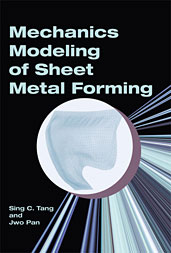Journal Article
Safety Performance and Benefits of Heavy Truck Stability Control: Providing Insight into Compliance Evaluation
2012-09-24
2012-01-1906
This paper contains an analysis of the potential safety benefits of electronic stability control (ESC) for single unit trucks and tractor semitrailers within the U.S. operating environment. It is based on research projects [1,2] which combined hardware-in-the-loop simulation and vehicle testing with the analysis of independent crash datasets using engineering and statistical techniques to estimate the probable safety benefits of stability control technologies for 5-axle tractor-semitrailer vehicles and single unit trucks. The characteristics of ESC-relevant crashes involving these two vehicle classes were found to be very different as were the control strategies needed for crash avoidance. Rollover was the dominant ESC relevant crash type for tractor semitrailers while loss of control was the dominant ESC relevant crash for straight trucks.

